
Where to Go / What to Do in Guanajuato

Guanajuato, Capital of the State, was created with the mining boom during the Colonial Era. This wealth prompted a rich environment of opulent buildings, palaces, temples and plazas in what would become one of the country's most important cities; today, one of the favorite destinations for national and international tourism.
THE MUMMIES OF GUANAJUATO
In the southern part of Cerro Trozado, you can visit Santa Paula Municipal graveyard, a place full of beauty, magic and mystery provided by its niches, tombs and mausoleums, one of these now turned into Museo de las Momias de Guanajuato. A building conditioned for the proper exhibit of more than 100 corpses that were naturally mummified by the minerals in the rich soil of Santa Paula. This exhibit has a documentary video that shows visitors the meaning of death for Mexicans. Museo de las Momias is a stop you can't miss for truly understanding Guanajuato.
THE UNDERGROUND STREET
As the main historic path of Guanajuato, Miguel Hidalgo Street is famous for being "âthe underground street"â. It is a 3 kilometers long passage designed with three purposes in mind: giving the city a distinctive urban touch, channeling the former Guanajuato river and providing a hassle free route to the historical center. Its solid rock finishes make it feel like a gothic European scene.
THE ALLEY OF THE KISS
This city's centuries of beauty and splendor brought with them an era of romanticism that gave birth to legends such as the one for which this space between two balconies is named, separated by only 68 centimeters, they tell the story of a young couple's love who used to secretly meet to enjoy their impossible relationship. A sort of Romeo and Juliet, in an equally tragic Mexican version, when Doña Ana and Don Carlos gave all couples in love a symbolic ritual. It is said that the couple who kiss on the third step will have 7 years of happiness guaranteed.
LA ALHONDIGA DE GRANADITAS
A site of extraordinary mystery and history currently hosts Guanajuato's Regional History Museum. This fortress was built as a warehouse for grains and served as refuge for the defenders of the Spanish Crown during the War of Independence in 1810. They stationed there until September 28 of that same year, when the heroic and legendary act of "âEl Pipila"â burned down the door and granted triumph to the insurgents.
This same scenario later exhibited the heads of Miguel Hidalgo, Ignacio Allende, Juan Aldama and Mariano Jimenez on each of the Alhóndiga's corners following their defeat, as a lesson for those who rebelled against the Spanish Crown. After the War of Independence, the Alhóndiga served as a warehouse, military quarters, prison and currently, upon being declared National Historic Museum and Guanajuato's historic heritage.
PIPILA MONUMENT
Juan José de los Reyes Martínez "âEl Pipila"â, after his heroic act in which he carried a slab of stone on his back for reaching, under a rain of bullets, the door of Alhondiga de Granaditas in order to burn down the door and thus obtain the important victory for the insurgents on September 28, 1810, immortalized not only the spirit of the fight for independence, but also gave a symbol of union and courage that has since inspired the people of Guanajuato, who erected this enormous monument in his honor. The Alhondiga offers a panoramic view of the city, attracting tourists and locals for enjoying it day and night.
JUAREZ THEATER
Located in the heart of the city, its majestic architecture places it as one of Mexico's most beautiful theaters. It began to be built in 1872 and suffered frequent interruptions; until October 27, 1903, when it was inaugurated by General Porfirio Díaz.
With a gate in doric roman style, it boasts eight columns sustaining each muse. Its interior has a beautiful foyer in Art Nouveau style, the era's predominant manner. This theater is the main scenario for Cervantino International Festival for diverse artistic activities, such as theater plays, ballet, music concerts and painting and photography exhibits.
BASILICA DE NUESTRA SEÑORA DE GUANAJUATO
Built between 1671 and 1696 for hosting the Virgin, a gift from King Carlos I and his son Felipe II of Spain in 1557, in gratitude of the wealth produced by Guanajuato's mines for the Spanish Crown. Its façade is in baroque style and inside visitors can admire the centuries old figure of the City's Patron Virgin, celebrating her holiday every October 8th.
Articles Releated with Guanajuato

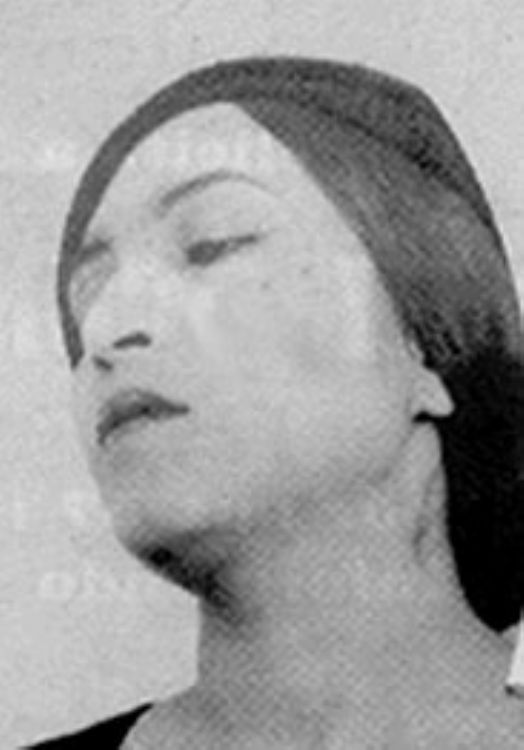
MarÃa Izquierdo, Mexican Art
One of the most important painters of Mexican art during ...

The Exquisite Mexican "Tacos al Pastor"
These delicious tacos originated in the city of Puebla as...
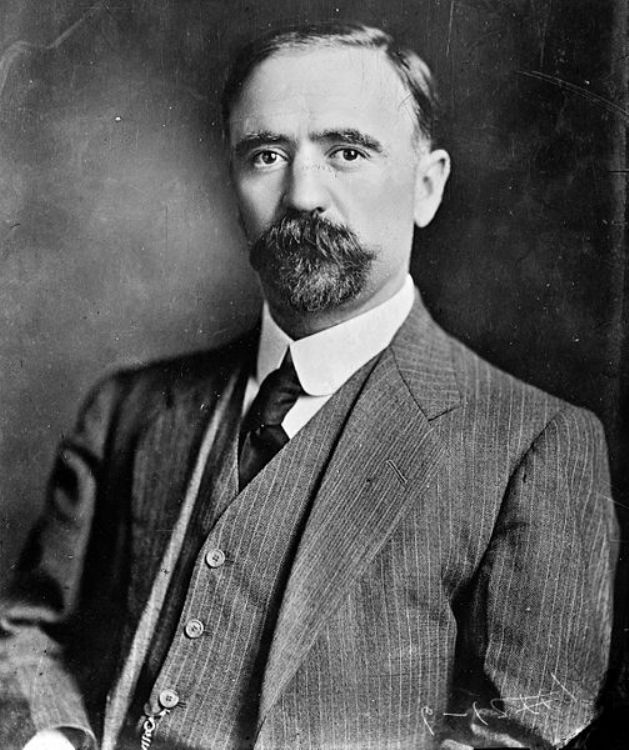
Francisco I. Madero, Biography and Information
He was born on the 30th of October 1873 at Hacienda el Ro...

Cochinita Pibil, Yucatan Delicacy
Cochinita pibil is the most famous dish originated in Yuc...

Duties of the Main Federal Government Departments in Mexico
The Mexican State fulfills its main goal by guaranteeing ...
Most Viewed
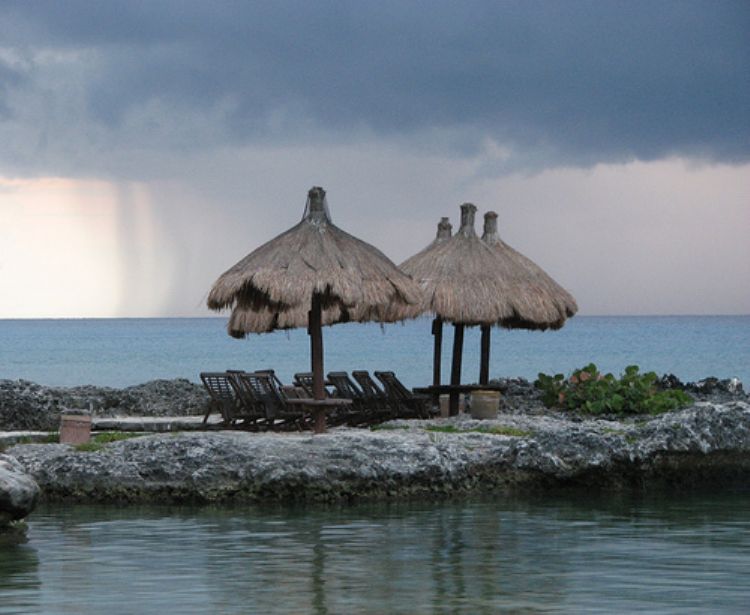
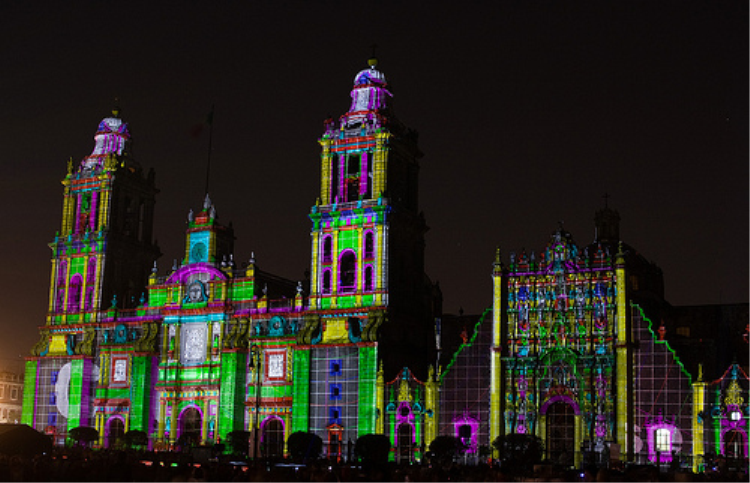
The Celebration of the Bicentennial Anniversary of the Independence of Mexico
During 2010 we celebrated in México 200 years of I...
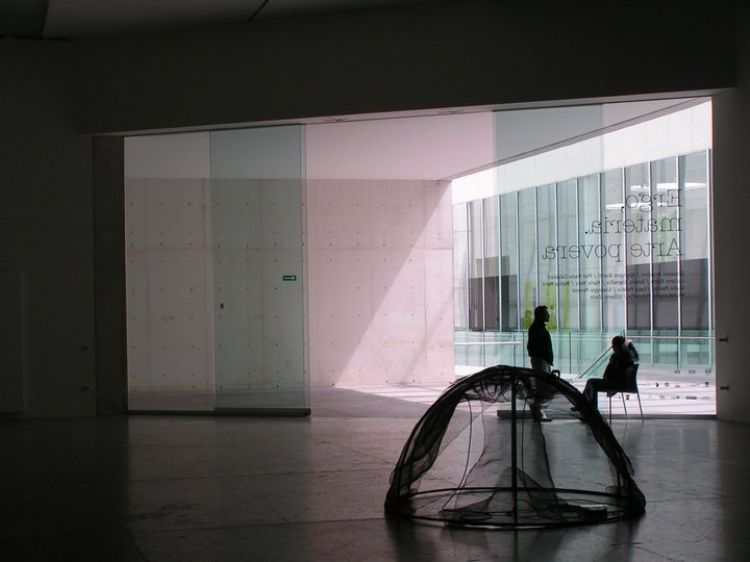
The Universityâs Museum of Contemporary Art, MuAc
The Universityâs Museum of Contemporary Art, also known...
